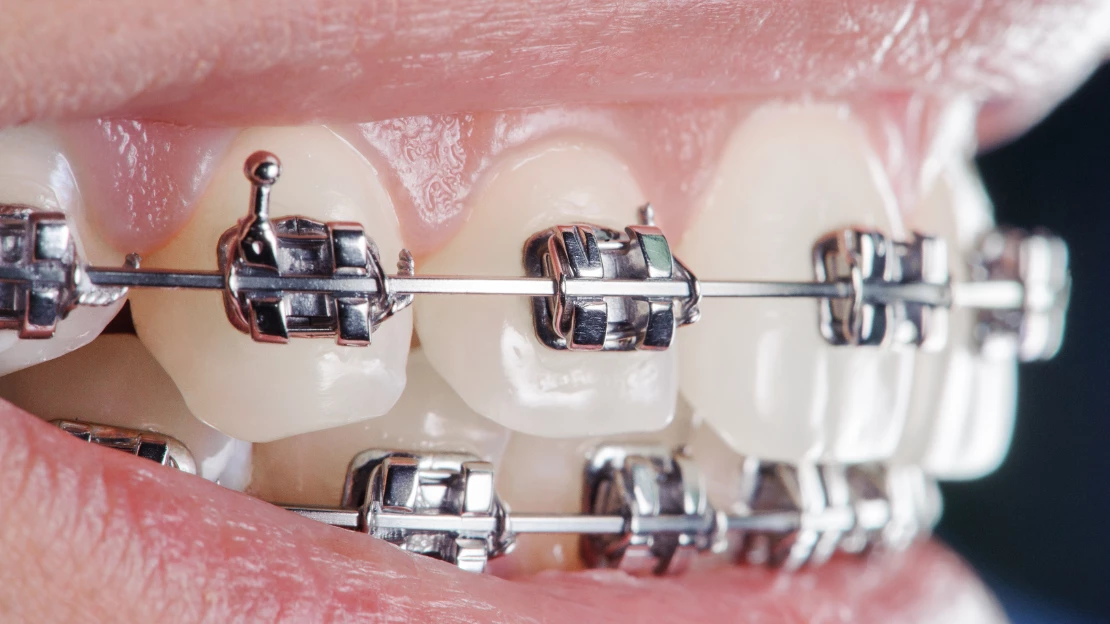Comprehensive Guide to Orthodontics Treatments for Fixing Dental Imbalances
Comprehending the details of each procedure, including their devices, advantages, and prospective downsides, is important in making informed decisions regarding one's orthodontic therapy. As we browse via the detailed guide to orthodontic procedures for correcting dental imbalances, the detailed information of each method will unfold, dropping light on the path toward a unified and practical oral alignment.
Orthodontic Procedures Overview

In addition to conventional dental braces and clear aligners, orthodontists might also advise various other treatments like headgear, palatal expanders, or retainers to address details placement issues (invisalign). These treatments are tailored per patient's unique needs and may entail a mix of therapies to attain the preferred results. Regular adjustments and tracking are vital parts of orthodontic therapy to make certain development gets on track and to make any kind of necessary alterations in the process. By undergoing orthodontic procedures, individuals can not only attain a straighter smile yet likewise enhance their general dental health and wellness and function.
Standard Braces: Just How They Function
When taking into consideration orthodontic treatments for oral imbalances, conventional braces stand out as a reliable approach for fixing teeth positioning. Conventional braces consist of braces, wires, and bands that work together to apply constant stress on the teeth, slowly relocating them into the wanted placement.
As pressure is applied to the teeth via the dental braces, the bone bordering the teeth is reshaped to sustain the brand-new tooth positions. Clients will require regular modifications at the orthodontist's office to guarantee the braces continue to use the right stress for efficient teeth motion.
Unnoticeable Aligners: Disadvantages and pros
These clear, customized trays are essentially unseen when used, making them an appealing alternative for people seeking a more aesthetically pleasing orthodontic therapy. People can remove the aligners before eating or cleaning their teeth, minimizing the risk of food getting stuck in the appliance and simplifying the cleansing procedure.

Surgical Orthodontic Options
Surgical interventions in orthodontics present practical choices for dealing with complex dental misalignments that might not article source be successfully resolved via standard orthodontic treatments. While standard braces and invisible aligners can deal with many orthodontic problems, particular instances require medical intervention to achieve optimum results. Surgical orthodontic options continue reading this are usually advised for extreme malocclusions, significant jaw inconsistencies, and cases where the underlying bone framework needs adjustment to achieve proper placement.
One typical medical orthodontic treatment is orthognathic surgical treatment, which entails repositioning the jaws to remedy functional problems such as difficulty eating or speaking. This surgical treatment is commonly done in partnership with an orthodontist that aids align the teeth prior to and after the procedure. Surgical orthodontics may also involve treatments to expose affected teeth, remove excess periodontal cells, or reshape the jawbone to produce an extra unified facial profile.
Prior to taking into consideration medical orthodontic alternatives, patients undertake an extensive evaluation to establish the necessity and potential benefits of such interventions. invisalign. While surgical procedure may appear daunting, it can dramatically enhance both the function and visual appeals of the smile in instances where standard orthodontic therapies fall short
Retainers and Post-Treatment Care

Failing to comply with post-treatment treatment directions can result in regression, where the teeth gradually relocate back towards their original placements. Regular retainer wear, excellent oral hygiene, and normal dental check-ups are vital for keeping the outcomes accomplished with orthodontic surgical treatment and making sure the long-term security of the dealt with oral placement.
Final Thought
To conclude, orthodontic procedures provide various options for dealing with dental misalignments. Conventional dental braces make use of metal braces and cords to change teeth into appropriate positioning. Invisible aligners provide a more very discreet option yet might not appropriate for all situations. Surgical orthodontic options are readily available for a lot more extreme misalignments. Retainers are commonly made use of post-treatment to keep the new positioning. On the whole, orthodontic procedures can properly boost oral wellness and visual look.
As we browse through the detailed guide to orthodontic procedures for fixing dental imbalances, the detailed information of each approach will certainly unravel, losing light on the path toward a useful and unified oral positioning. - cumming orthodontist
One of the most common orthodontic treatments is the use of braces, which are composed of steel braces and wires that use gentle stress to progressively move teeth right into the wanted position.When thinking about orthodontic therapies for dental imbalances, traditional dental braces stand out as a tried and true technique for correcting teeth positioning. In addition, invisible aligners might not be suitable for intricate orthodontic concerns that need even more significant teeth activity, as they are typically advised for mild to modest situations. Retainers are personalized orthodontic tools made to hold teeth in their fixed positions after the conclusion of orthodontic treatment.
Comments on “Picking the Best Cumming Orthodontics for Effective Braces and Aligners Solutions”